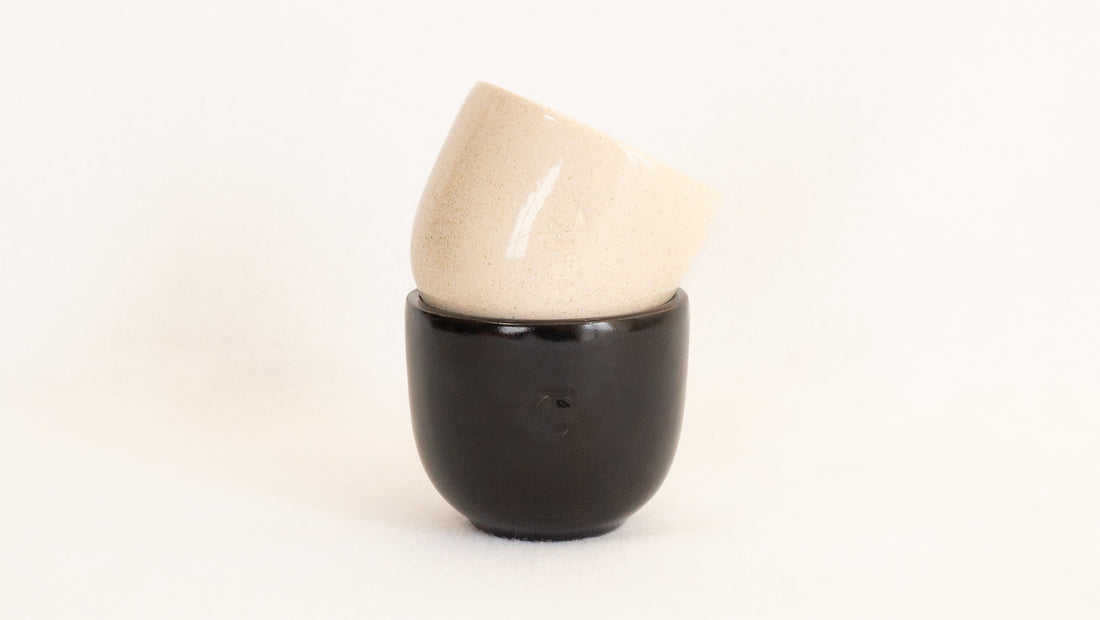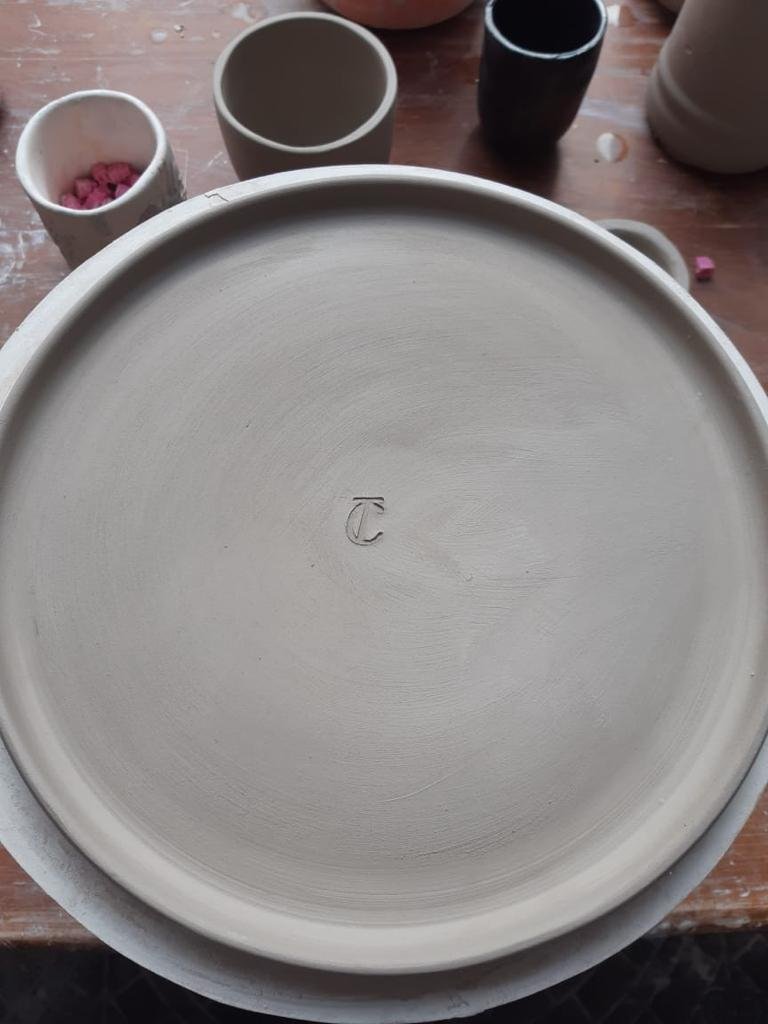

The elaboration process

The initial process is a dance between precision and skill, beginning with meticulous amalgamation to ensure unparalleled purity, without the unwanted intrusion of air bubbles. Afterwards, the potter's wheel becomes the main stage, where skill and speed intertwine perfectly. With a majestic acceleration to 130 revolutions per minute, the force of your hands merges with the clay, molding it with grace and precision towards the desired shape.

The drying period, a wait between 7 and 15 days, is a tribute to nature, adapting to the ambient humidity to reach its fullness. Patience in this process is crucial, since the challenge of avoiding its catastrophic outcome, a possible explosion, rests on the complete and careful dryness of the work. Culinary refinement is manifested in two acts of baking. The first, a biscuit, immerses it in the burning forge at 1030 degrees, preparing it for the next act: the choice between the virtuous blank canvas or the addition of pigments. Gracefully, the enamel becomes the final cloak, submerging the piece in its shimmering depths. Once again, the oven, a crucible of transformation, welcomes the work for its final firing at 1030 degrees. The result is a piece elevated to the pinnacle of perfection, where artisanal mastery merges with the brilliance and majesty of the process, giving life to a work of incomparable splendor.

Earth Collection
The essence of the Earth Collection lies in the absence of identical pieces. Each creation is meticulously crafted by the hands of the artisan, giving it a unique detail that distinguishes it. This reflects the essence of people: we are all incomparable and irreplaceable. Despite having traits in common, each of us carries with us a value, talent, detail or distinctive characteristic that shapes us as individual masterpieces. We are all perfect pieces of art in our imperfections.
WE LOVE YOU PLANET !
Clay is a sustainable material.
As an abundant and natural material, clay is sustainable. Humans have used it for centuries for construction purposes.
Ceramics are environmentally friendly on many levels: they are made from natural materials, they incorporate manual construction and traditional craftsmanship that requires time and patience, and they are durable.
It is this focus on the natural material of ceramics that informs these ethical, symbolic and aesthetic justifications.
In the manufacture of ceramics, no wastewater discharges are generated.
The clay is crumbled, water is added, kneaded and molded by extrusion, giving shape to the pieces that are dried and fired in the oven.
From an ecological and sustainable perspective, clay to make utensils, used since the Neolithic, can be a valid resource to reduce plastic pollution.
Furthermore, consider crafts as a means to return to a more human dimension, to our roots, since artisanal objects are not just 'things', they have stories and knowledge that were passed from generation to generation.
Thinking about replacing a plastic utensil with a ceramic one is contributing a grain of sand that will generate a huge change on a large scale. 🤍
